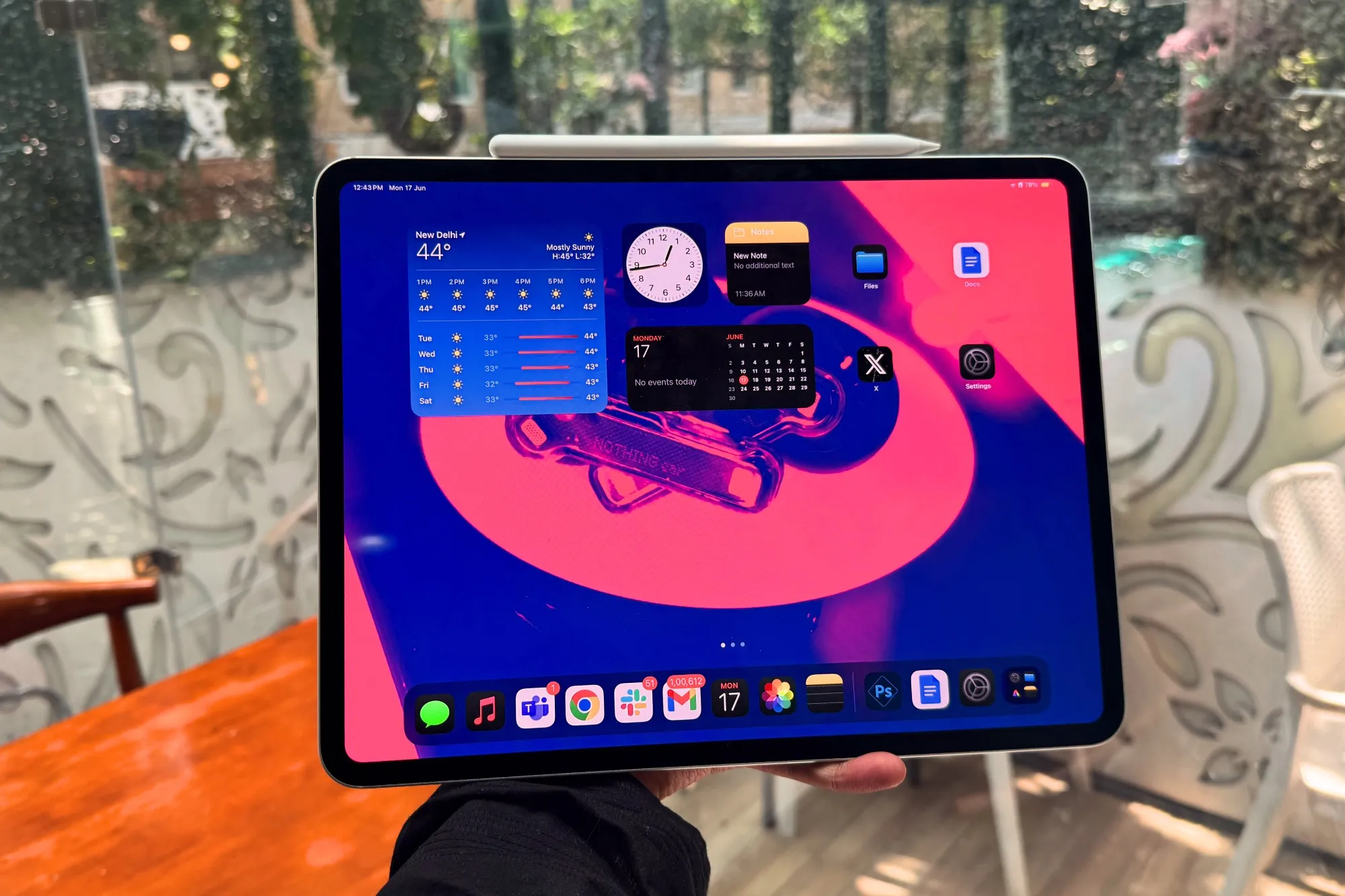The tech world is abuzz with whispers of a new iPhone variant, tentatively dubbed the “iPhone 17 Air.” While official announcements are still months away, anticipated around the usual September timeframe, the rumor mill is churning out intriguing details about this purportedly ultra-slim device. This article dives deep into the current speculation, exploring the potential features and trade-offs that might define this unique addition to the iPhone family.
The allure of an exceptionally thin smartphone is undeniable. Imagine a device that slips effortlessly into any pocket, feeling almost weightless in hand. This is the promise of the iPhone 17 Air. Reports suggest a groundbreaking thickness of just 5.5mm at its thinnest point, a feat of engineering that would undoubtedly set a new standard in smartphone design. However, achieving such extreme thinness inevitably presents certain challenges, requiring careful compromises in other areas.
One of the most significant trade-offs expected for the iPhone 17 Air revolves around its camera system. Unlike the anticipated multi-lens setups of the iPhone 17 Pro models, the Air is rumored to feature a single 48-megapixel rear camera.
While a single high-resolution sensor can still capture impressive images, the absence of telephoto or ultrawide lenses would limit versatility in different shooting scenarios. Similarly, the audio experience might be streamlined with a single speaker integrated into the earpiece, omitting the bottom speaker found in other iPhone models. This could potentially affect stereo sound and overall audio quality.
Powering this slim marvel is rumored to be the A19 chip, a powerful processor in its own right, but distinct from the anticipated A19 Pro chip expected in the higher-end iPhone 17 models. While the A19 should still provide excellent performance for everyday tasks and most applications, the A19 Pro might offer a more significant performance boost for demanding tasks like gaming and professional-grade applications. The device is also rumored to include 8GB of RAM, presumably to support the growing demands of Apple’s AI initiatives. This suggests a focus on intelligent features and seamless performance for AI-driven tasks.
The display is expected to be a vibrant 6.6-inch OLED panel, incorporating both Face ID for secure authentication and the now-familiar Dynamic Island for interactive notifications and system alerts. ProMotion technology, offering a smooth 120Hz adaptive refresh rate, is also rumored, ensuring fluid scrolling and animations.
Perhaps one of the most significant changes rumored for the iPhone 17 Air is the complete removal of the physical SIM card slot. This move would force users to rely solely on eSIM technology, a digital SIM embedded directly into the device. While eSIMs offer convenience and flexibility, this change could present challenges for users traveling to regions with limited eSIM support. The device is also expected to use an Apple-designed 5G modem, further integrating Apple’s hardware and software ecosystem.
Here’s a summary of the rumored key features:
- Ultra-thin Design: Measuring just 5.5mm at its thinnest point, making it the thinnest iPhone ever.
- Immersive Display: A 6.6-inch OLED display with Face ID and the Dynamic Island.
- Smooth Visuals: ProMotion support for a 120Hz adaptive refresh rate.
- Efficient Performance: Powered by the A19 chip.
- Enhanced AI Capabilities: 8GB of RAM for Apple Intelligence support.
- Streamlined Camera: A single 48-megapixel rear camera and a 24-megapixel front camera.
- Simplified Audio: A single speaker integrated into the earpiece.
- eSIM Only: No physical SIM card slot.
- Apple-Designed 5G: Utilizing Apple’s own 5G modem.
The iPhone 17 Air presents a fascinating proposition: a device that prioritizes sleekness and portability above all else. While certain compromises in camera, audio, and processing power are anticipated, the ultra-thin design and focus on eSIM technology could appeal to a specific segment of users seeking the ultimate in mobile minimalism. As we move closer to the anticipated launch date, more concrete details will undoubtedly emerge, further clarifying the picture of this intriguing device.


